Apr 16, 2024
Apr 16, 2024

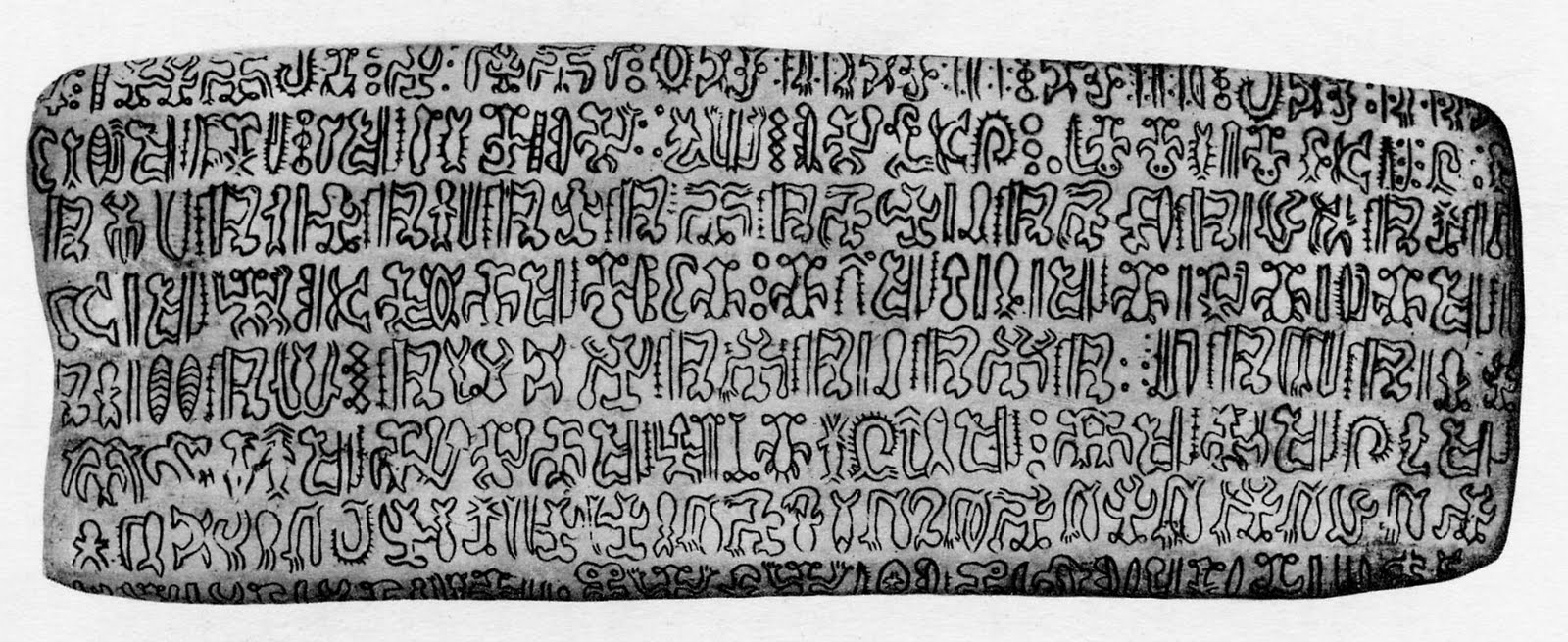
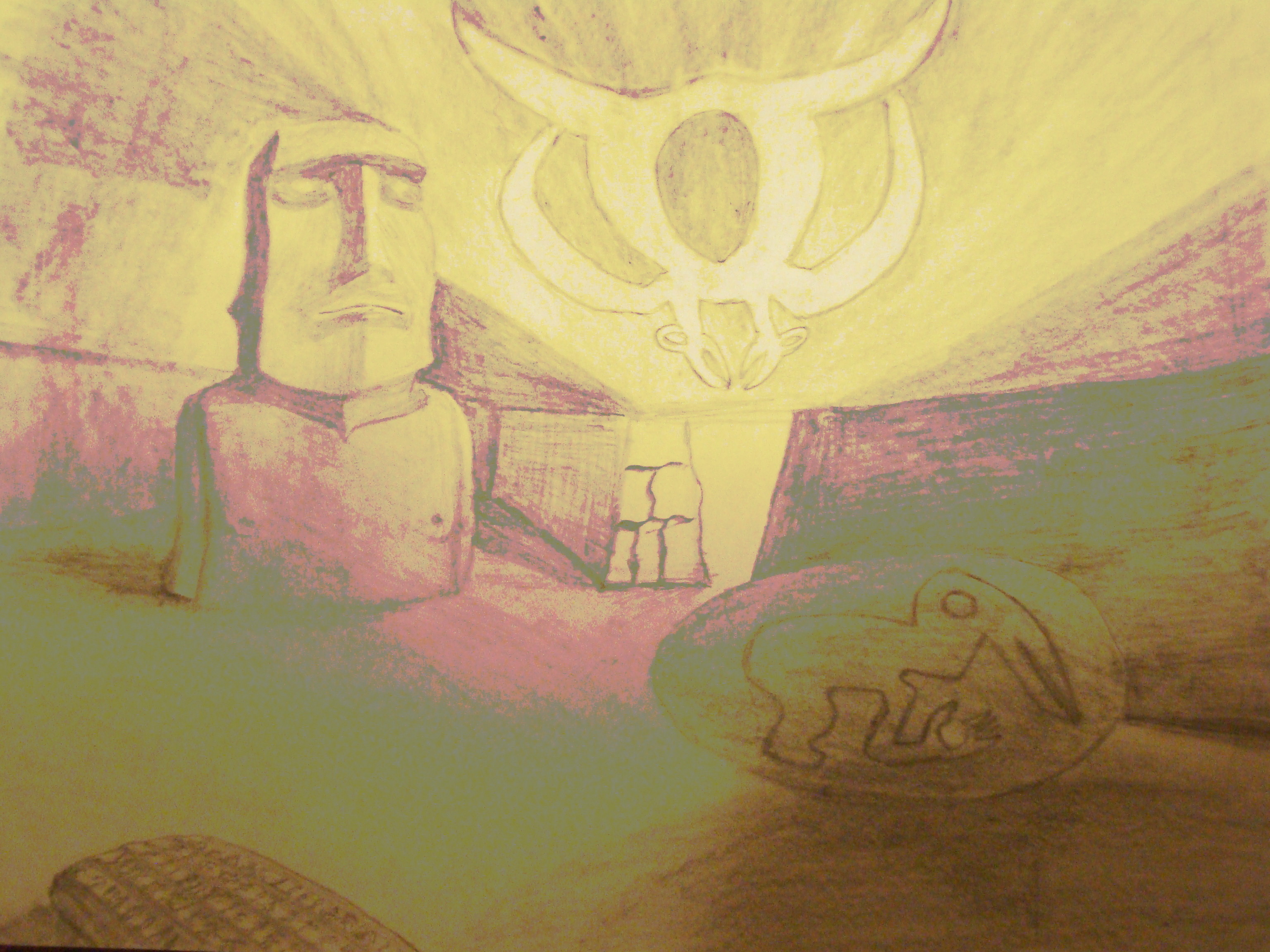
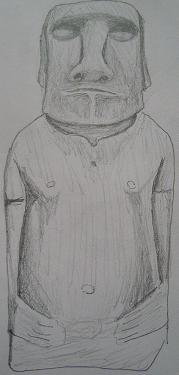
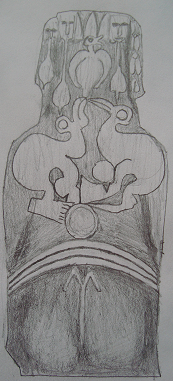
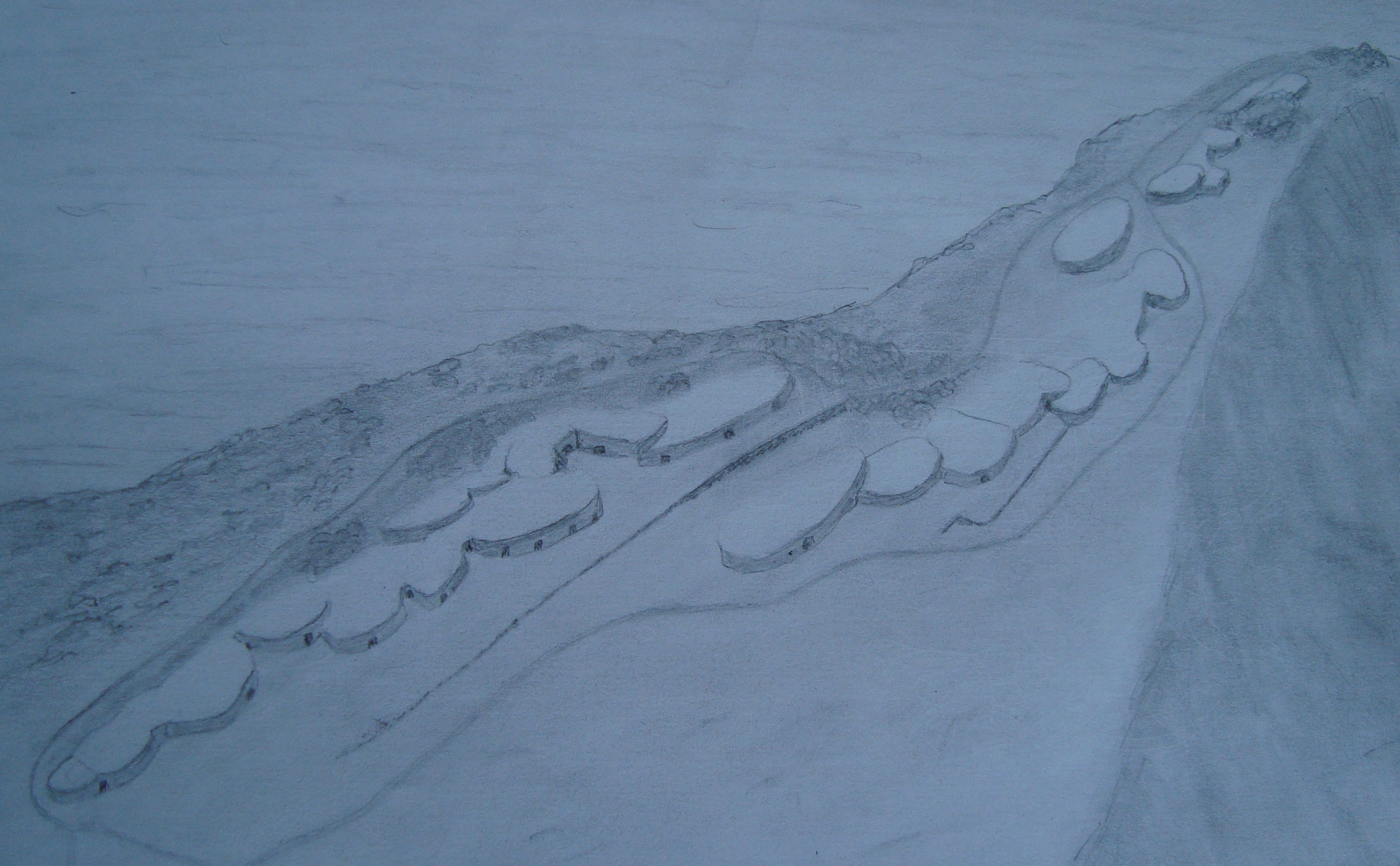
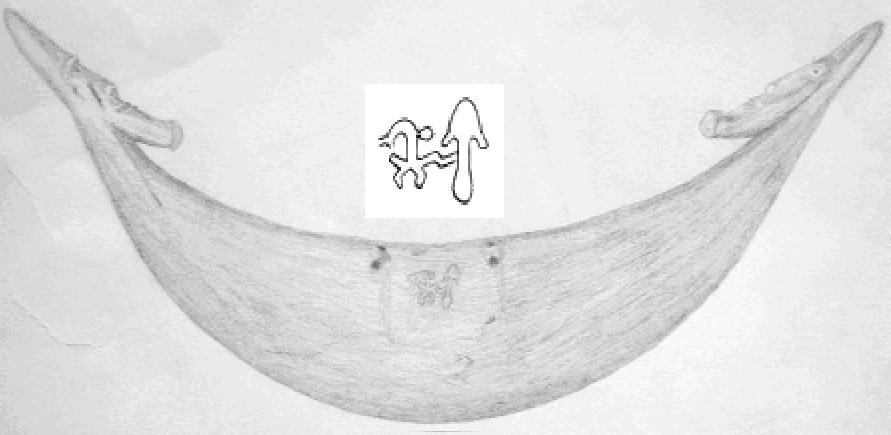

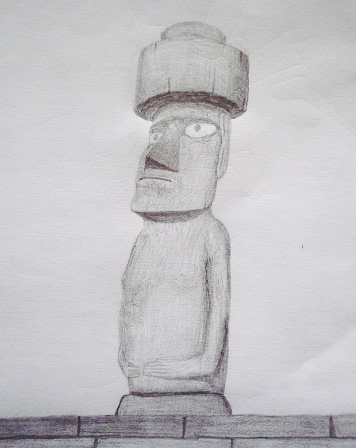
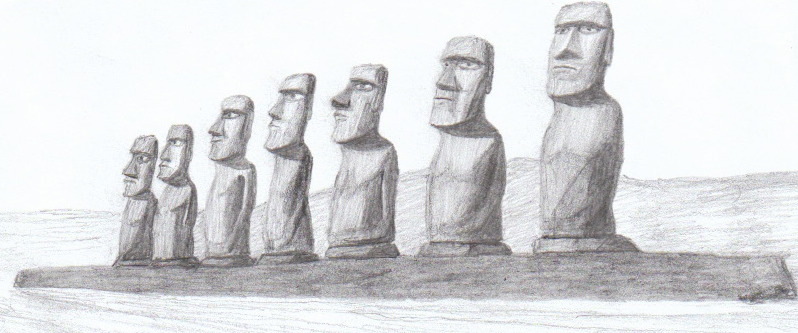
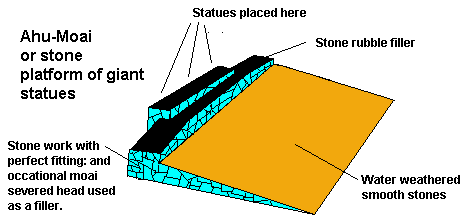
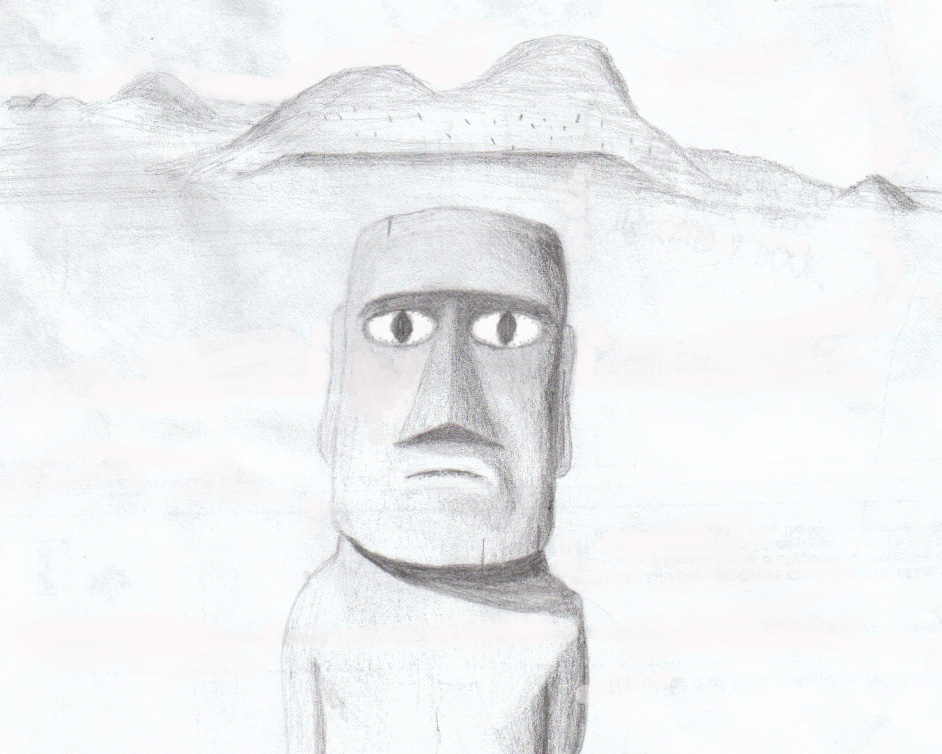

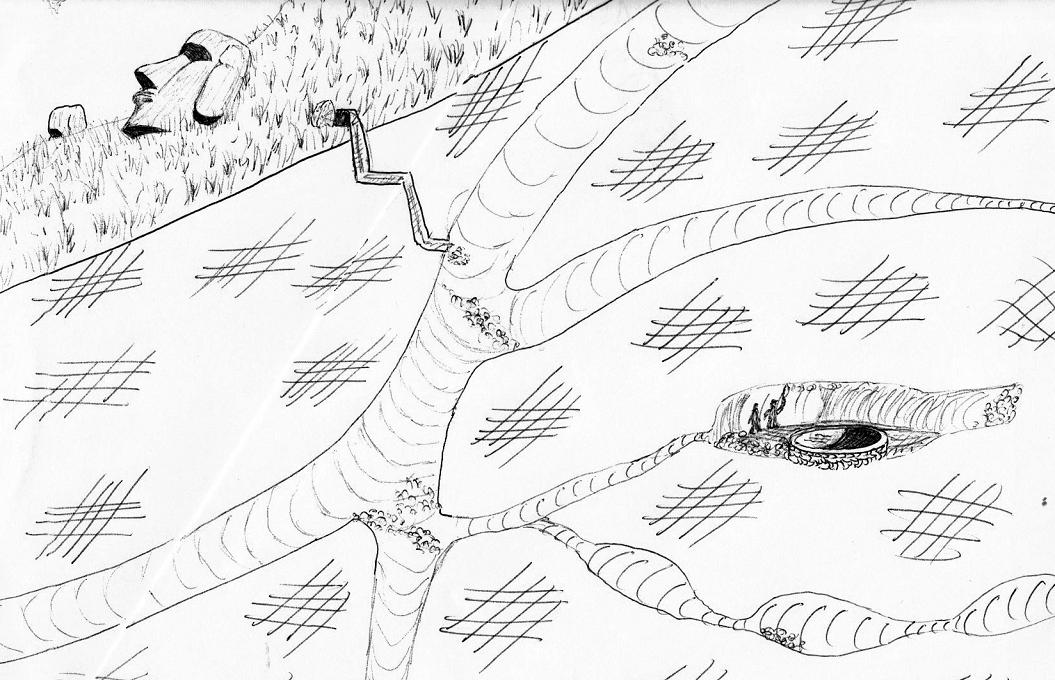

11-Feb-2013
More by : Anonymousfor JoshuaMessiah

|
I visited here in January of 2000, the first month of the new Millennium. A suffocating storm stranded us on shore, chilled to the bone. Suddenly the people of Easter Island showed up in cars and took us to their homes for shelter and food. I will never forget and cherish their hospitality! I bought an 11" magnificent wood statue - beautifully carved face-on figure and exquisite "bird-man" story symbols on the back in celebration of life and the Third Millennium. Thank you Easter Islanders! |